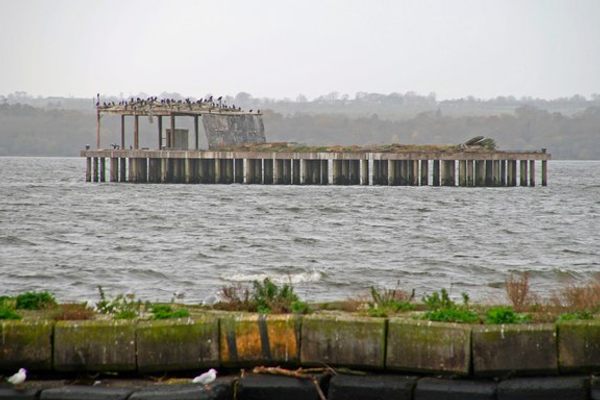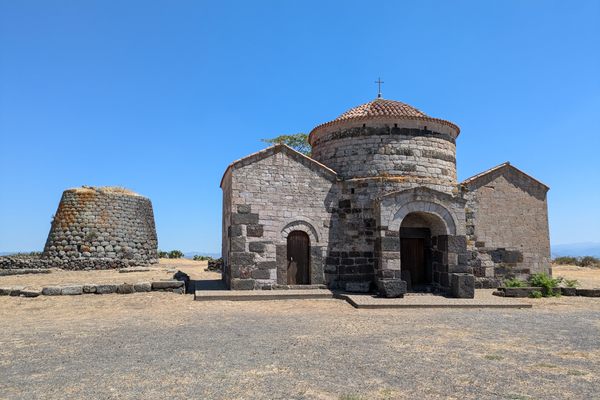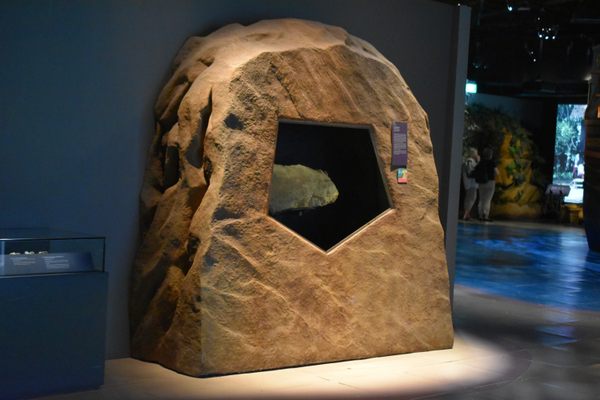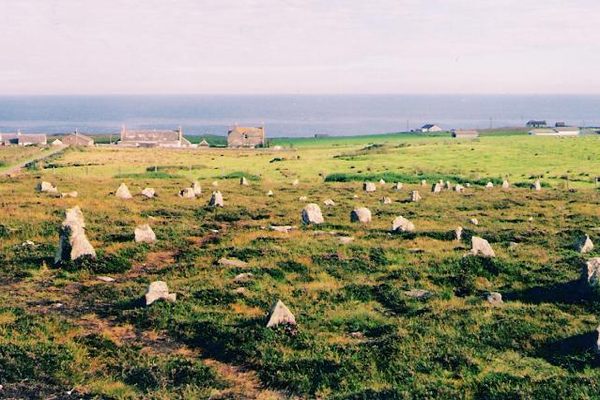The Holestone
This mysterious Bronze Age standing stone has become a place where couples profess their love.
The Holestone is one of the best-preserved Bronze Age standing stones in Ireland. Located atop a seemingly out-of-place rocky outcrop in a field about a mile from the village of Doagh, its ancient origins are unclear. Theories about its purpose run the spectrum, some believe its a burial place or a pagan altar—others think it was a meeting place for Celtic kings.
The stone began to garner popularity in later years and was known as a “lovestone,” a place associated with fertility and soon to be married couples. It’s said the hole in the stone is only big enough for a woman’s hand to pass through. As tradition goes, her fiancee or lover would hold her hand on the other side and their love was bound forever.
According to one legend, a man committed adultery on his wedding night after being married at the stone and was cursed to roam the surrounding fields as a black horse for eternity.
The outcrop also offers panoramic views of the surrounding Six Mile Valley countryside and visitors often leave flowers at the stone. The Holestone is a truly unique place to visit in County Antrim.
Know Before You Go
The Holestone is located on private farmland, but is signposted and open to visitors. The official signpost actually points in the wrong direction, so look out for the rocky mound in the field across from it.
Parking is very limited but it's an easy walk from the neighboring villages of Doagh and Parkgate. Be prepared to climb over some rocks and bushes to access the stone on top of the outcrop. The Holestone is part of the South Antrim Heritage Trail and a colorful sign in the field provides some information about the stone's history and legends.


















Follow us on Twitter to get the latest on the world's hidden wonders.
Like us on Facebook to get the latest on the world's hidden wonders.
Follow us on Twitter Like us on Facebook